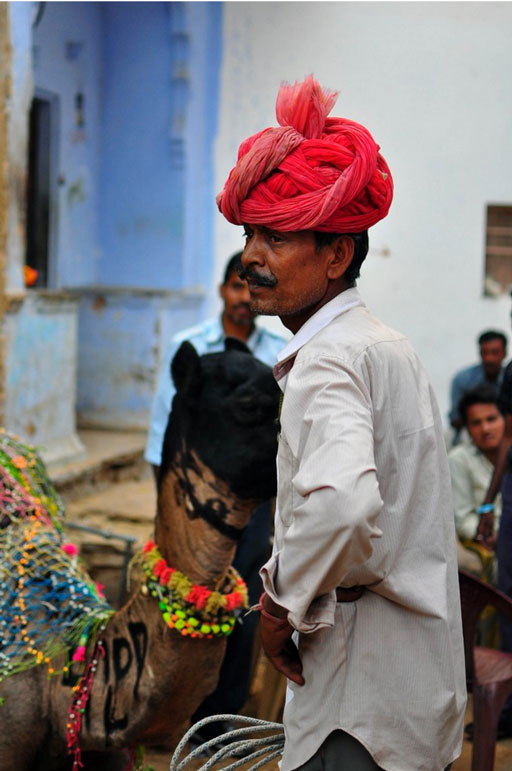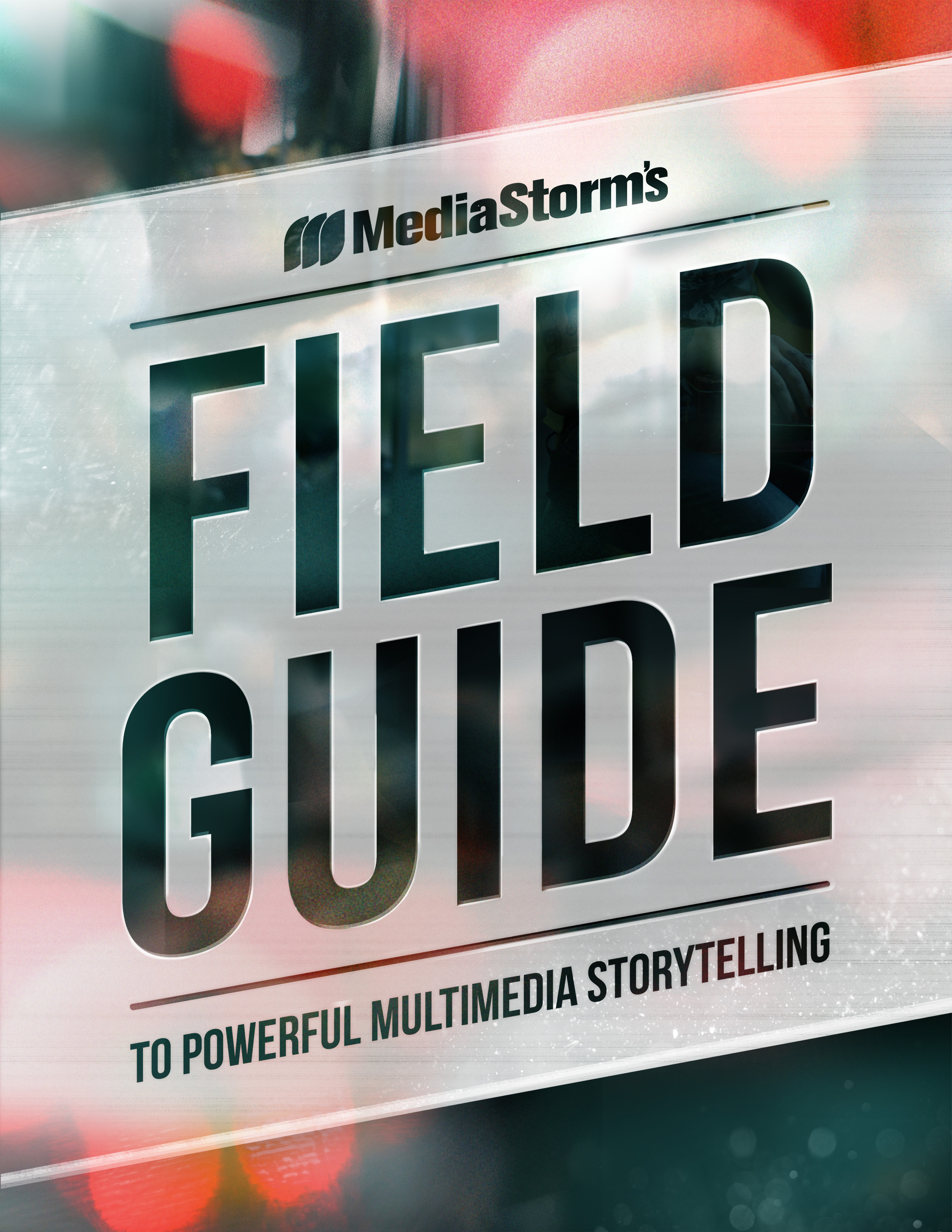Vinay Jawahar’s People Like Us
After growing up Bombay, India and spending several years studying and working in the United States, Vinay Jawahar returned to India with his camera to find something.
“I toyed with the idea of ‘Invisible India’ or, less dramatically, ‘The India You Missed While You Were at The Mall’,” he tells The Boston Coffee House. “Something really didactic and embarrassingly unsubtle about the India eclipsed by gated communities, swanky (and less than swanky) malls, and gleaming office towers. A second (and secondary) instinct was to tease out a technical or, if I were feeling truly bold, an artistic narrative.”
While those stories are told, Jawahar’s photo essay ultimately documents something more fundamental – memory of a simpler time.
“These photographs remind me that that country [I remember] is still a reality,” said Jawahar.

(more…)





